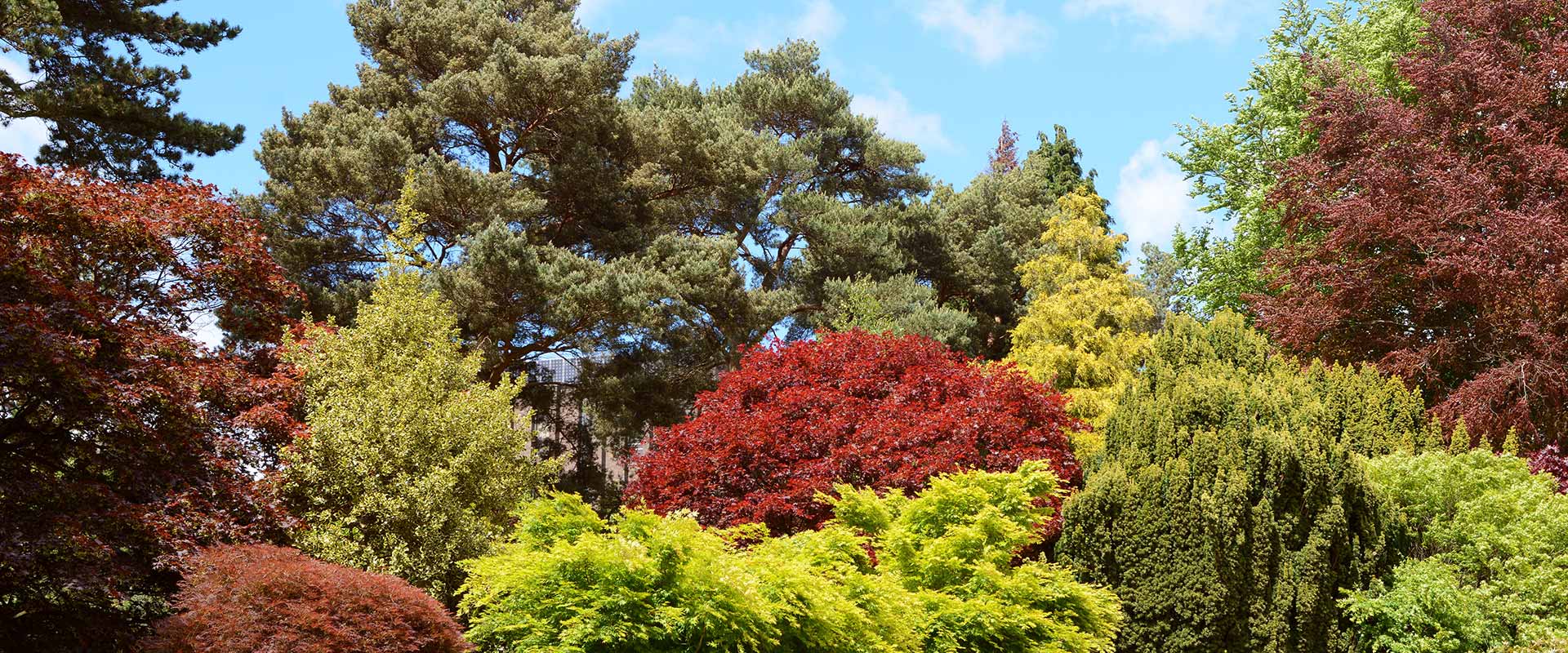Tree topping is a harmful practice, but many people still do it. We’re going to explain what it is, why it’s hurtful and how it can end up being more expensive for Seattle and North Bend property owners.
What is tree topping?
Topping is sometimes known as heading, tipping, or hat-racking (tree looks like a hat rack when done). During this unrecommended practice, tree branches are haphazardly cut back to the stubs.
It’s often done when a tree is too large, and the property owner wants to reduce the height. Topping is not the best answer as it increases the risk in the long term even though it was originally done to reduce risk.
Why it stresses trees
Topping removes 50 to 100% of a tree’s leaf-bearing crown (depending on how aggressive the cuts). With no or few leaves to produce food for itself, the tree is in danger of starving and goes into survival mode. When this happens, the tree’s dormant buds activate to send it into a period of rapid growth.
During this phase, the tree’s goal is to grow a new crop of leaves as fast as possible. Multiple shoots grow below each cut. This takes lots of energy and if the tree doesn’t have enough stored energy to do so, the tree is weakened and in danger of dying.
Prone to infestations
So now the tree is stressed and has many large open wounds making it susceptible to insect and disease infestations. In its weakened state, the tree often doesn’t have enough energy to chemically defend the wounds.
To make things worse, some insects are attracted by the chemical signals a tree releases when trying to heal its wounds. As you can see, topping can put into motion a harmful cascading effect from which it’s hard to recover.
Sunburn is possible
Leaves absorb sunlight and when those leaves are gone, the remaining branches and trunk are exposed to sunlight and heat without any protection. The severity of unprotected exposure depends on how hot the temperature gets and the amount of direct sunlight.
As a result, the tissue beneath the bark may get sunburned. When that happens, it can cause cankers, bark splitting, and branches may even die. Again, more damaging effects of topping.
Increased risk-unacceptable risk
The survival mode that prompts the tree to grow multiple shoots below each topping has more potentially damaging effects. With proper pruning techniques, new branches are developed in a socket of overlapping wood tissues.
After topping, shoots develop from buds near the surface of the old branches and only anchored in the outermost layers making them weakly attached.
While new shoots grow quickly, they are weak and more apt to break during windy or icy conditions. The result? You topped the tree to decrease the risk of a potential failure but ended up increasing risk with weak branches.
Leads to decay
Proper pruning cuts are made just beyond the branch collar. Healthy trees naturally close those wounds if they are not too large or too many. The haphazard cuts made during topping create a series of wounds that the tree may not be able to close.
When they can’t close them, the exposed wood starts to decay. Under better conditions, the tree “walls off” or compartmentalizes the decaying tissue but most trees can’t do that when there are so many wounds. The result is that decay organisms have a free ride to move through the branches.
Topping ruins natural form
Trees naturally grow in such a way that they display their leaves to the sun, which is necessary since sunlight is needed to produce food for itself. Topping removes the ends of branches leaving stubs.
The tree is often without leaves for at least 6 months (could be up to one year) and looks disfigured for that time. Even when new shoots have sprouted and the leaves grow back, it never regains its natural form.
Hidden costs of topping
Some think topping is the answer, but this is a short sighted as it often comes with hidden costs.
- Increased maintenance-will need corrective pruning down the road or be removed if it dies.
- Reduced property value-healthy trees can add 10-20% to value, but topped trees are considered a future expense.
- Increased liability risk-topping is not acceptable pruning practice so any damage caused by branch failure could result in being found negligence in court of law.
Choose a better option
If you must shorten a tree or reduce its spread, there are other recommended techniques that preserve the tree’s natural form and are better for its long-term health.
Depending on the tree and the situation, removal could also be an option as the tree will continue to grow and cause future problems.
Consult an arborist
For the tree’s health, it’s best to consult a professional arborist. Eastside Tree Works have many ISA Certified Arborists on staff ready to discuss your tree issues. Contact us to schedule your no-obligation consult today.

